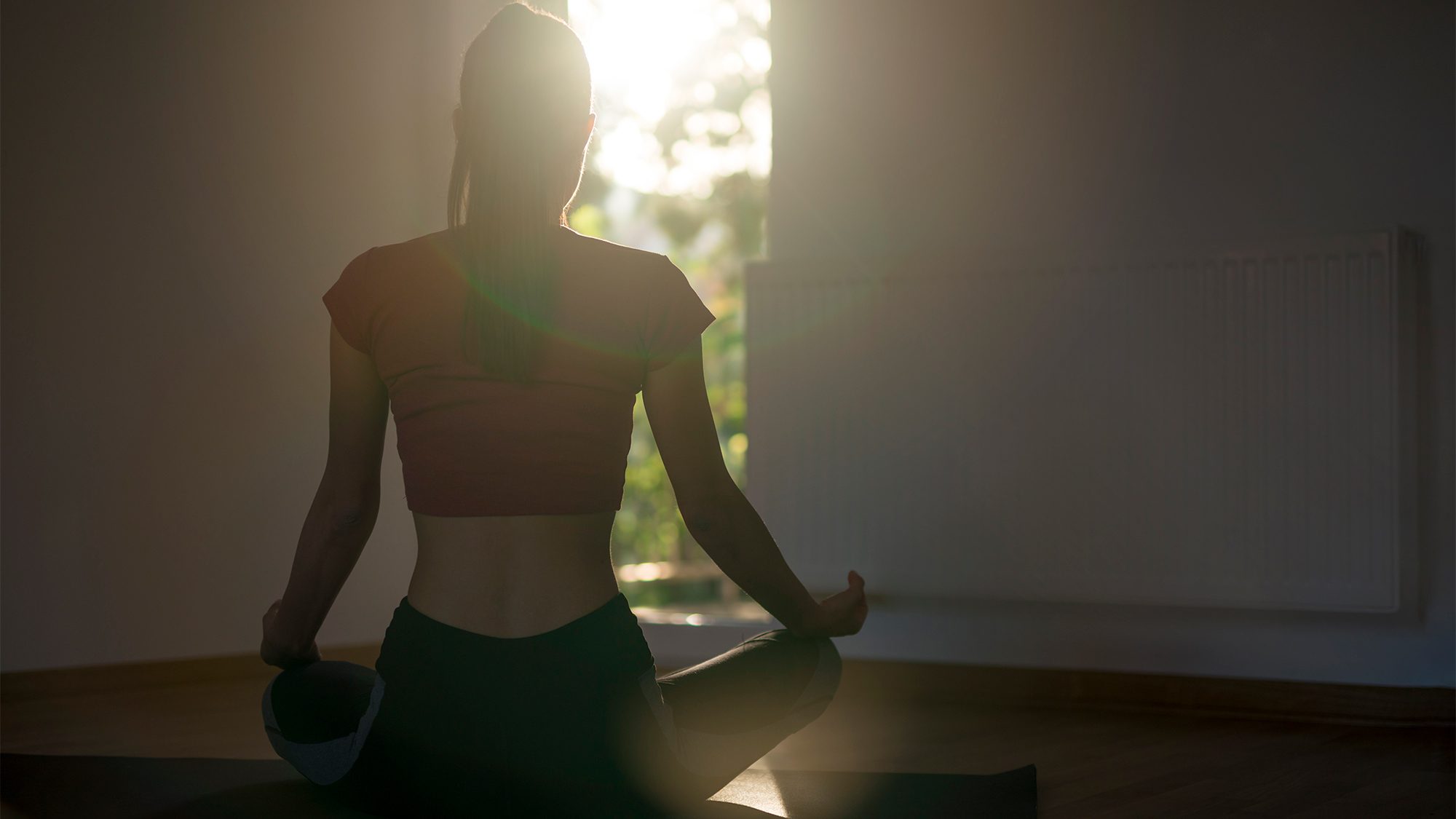
SrdjanPav/Getty Images
As the stressful days of the COVID-19 pandemic drag on, more and more people are seeking solace in meditation, as providers of these services report a big uptick in demand.
Meditation has been recognized by medical experts as a useful tool for handling stress. In fact, some of the first Americans to be quarantined because of the coronavirus, passengers on the Diamond Princess cruise ship, were taught meditation techniques as a way of coping with their situation, according to the Los Angeles Times.
Peter McGugan, bestselling author and creator of the (now free) meditation site Grief to Gratitude, says his site’s membership has doubled on a weekly basis since the beginning of the pandemic.
Headspace, a popular meditation app, recently started offering essential workers free membership. It also partnered with New York Gov. Andrew Cuomo to provide New Yorkers with free mental health resources.
No matter how you decide to get your meditation fix, there’s still the question of where to do it. With many of us still stuck at home, now’s the perfect time to finally make that meditation room (or corner) you’ve always wanted. But if you don’t design your space right, you may have problems achieving serenity. Here at four mistakes to avoid when setting up your perfect Zen space.
1. Setting up in a high-traffic area
Before you settle into your daily or weekly meditation practice, it’s important to pick a dedicated place in your home— ideally, one that gives you a bit of space away from the rest of the family.
“For meditation, you should always use the same spot in the house,” says Andres Restrepo of Vibras Meditation. “This creates a connection between the meditative state and the location—and every time you go there, your body is ready to relax.”
Restrepo also suggests picking a place that’s as free of noisy distractions as possible.
“It’s all about building a habit of stillness and having your house support this habit,” he says.
Having a hard time finding a quiet corner? Consider getting a pair of these refurbished Sony noise-canceling headphones (on sale for $119) to start your practice distraction-free.
2. Not making it comfy
No one wants to sit on a cold, hard floor for any length of time, which is why you’ll want to set up your meditation space to be as cozy as possible.
“When starting out, a meditation space should be comfortable and inspiring,” says mental health and meditation coach Kama Hagar. “Everyone has a different practice and different taste, but my favorite universally appreciated ambiance includes dim lighting or candlelight, a soft blanket, and comfortable, supportive pillows.”
Since sitting still for long periods of time can often make people feel cold, Hagar also likes to wear fuzzy socks and wrap herself in a blanket to stay cozy.
Get your chill meditation vibes going with this washed corduroy floor pillow (on sale for $44 from Urban Outfitters) and one of these marled basketweave throws from West Elm for $62.
3. Ignoring your other senses
For starters, a few comfy pillows might be all you need. But ideally, your meditation space should seek to soothe all five senses—including smell and touch.
“While meditation can be achieved by simple techniques such as counting, involving the other senses can definitely deepen the experience,” says Restrepo. “Burning incense or using a diffuser with a calming oil such as jasmine can help your mind relax. To involve the tactile sense, many practitioners use a mala [counting beads] in order to keep your focus from deviating.”
Go further into your meditation experience by snagging one of these jasmine bergamot soy candles ($19 from Etsy), or splurge on a set of mala beads, $132 from the Mala Collective.
4. Not including the things that inspire you most
Maybe you have a favorite book of poetry or a painting that inspires you. Maybe you have a favorite incense burner, or a small refurbished table to place your candles. Whatever it is that inspires you, be sure to include it when designing your meditation space.
“Design your meditation space with the concept of ‘coming home to myself’ in mind,” says Hagar. “For some people that means a certain color on the walls or artwork. For others, it’s crystals, candles, or oils. It could be as simple as a meditation pillow in a fabric you love or as complex as an entire room designed as a shrine to inspire you to become grounded within yourself.”
Take the things you love most, and incorporate them into your space. Looking to add even more crystals to your collection? Check out this selection of sacred stones from the Shaman’s Market, starting at just $6.
The post Don’t Ruin the Vibe! 4 Mistakes to Avoid When Designing Your Perfect Meditation Corner appeared first on Real Estate News & Insights | realtor.com®.
No comments:
Post a Comment